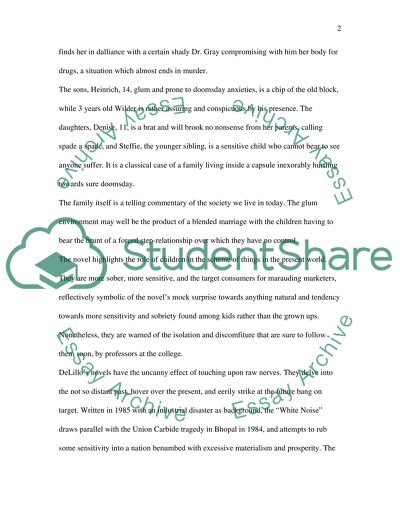Cite this document
(“DeLillo's White Noise and Mao II Essay Example | Topics and Well Written Essays - 2250 words”, n.d.)
DeLillo's White Noise and Mao II Essay Example | Topics and Well Written Essays - 2250 words. Retrieved from https://studentshare.org/miscellaneous/1519955-delillos-white-noise-and-mao-ii
DeLillo's White Noise and Mao II Essay Example | Topics and Well Written Essays - 2250 words. Retrieved from https://studentshare.org/miscellaneous/1519955-delillos-white-noise-and-mao-ii
(DeLillo'S White Noise and Mao II Essay Example | Topics and Well Written Essays - 2250 Words)
DeLillo'S White Noise and Mao II Essay Example | Topics and Well Written Essays - 2250 Words. https://studentshare.org/miscellaneous/1519955-delillos-white-noise-and-mao-ii.
DeLillo'S White Noise and Mao II Essay Example | Topics and Well Written Essays - 2250 Words. https://studentshare.org/miscellaneous/1519955-delillos-white-noise-and-mao-ii.
“DeLillo'S White Noise and Mao II Essay Example | Topics and Well Written Essays - 2250 Words”, n.d. https://studentshare.org/miscellaneous/1519955-delillos-white-noise-and-mao-ii.


